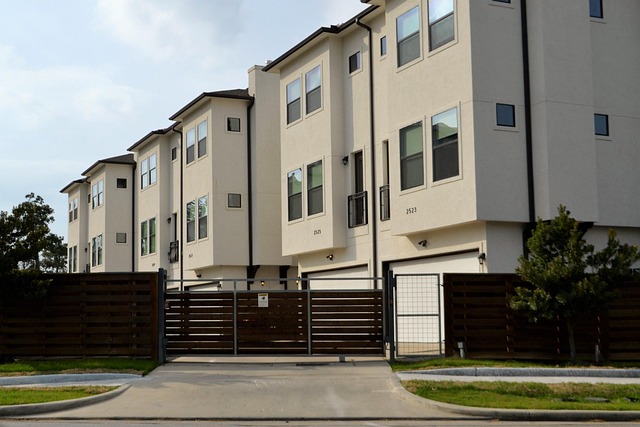The Untapped Potential of Adaptive Reuse in the Real Estate Market
In our fast-paced world, the property landscape is changing dramatically. More than ever, we see the adaptive reuse of buildings as a viable and sustainable real estate strategy. This approach takes underutilized buildings and repurposes them for different uses, breathing new life into the structures and the communities around them.

Historical Context and Key Developments
Adaptive reuse has its roots in the preservation movement of the 1960s and 1970s. The strategy gained traction as urban areas faced rapid decline and abandoned buildings became a common sight. Instead of demolishing these structures, developers saw the opportunity to inject new purpose into these buildings, creating a win-win scenario for both the historic preservation and real estate sectors.
Over the years, adaptive reuse has evolved from being a niche strategy to a mainstream approach in real estate development. As our society becomes more environmentally conscious, the appeal of repurposing existing structures and reducing construction waste has grown significantly.
Current Market Trends and Financial Insights
Today, the adaptive reuse market is thriving. A study by the National Trust for Historic Preservation revealed that, in many cases, renovating an old building can be more cost-effective than building a new one. The study also suggested that adaptive reuse projects often generate higher property values, rents, and occupancy rates than new constructions.
Demand for adaptive reuse projects is also driven by shifting consumer preferences. Today’s renters and buyers are attracted to the unique character and history that these buildings offer, creating a competitive edge in the market.
Advantages, Challenges, and Impact
The benefits of adaptive reuse are numerous. It can stimulate economic growth, foster community revitalization, preserve cultural heritage, and promote environmental sustainability. For investors, these projects can offer attractive returns and tax incentives.
However, adaptive reuse is not without its challenges. These projects often involve dealing with outdated building codes, structural issues, and potential historical restrictions. Developers must also find creative ways to adapt old structures for modern uses while preserving their character.
The impact of adaptive reuse on the real estate landscape is profound. It reshapes our built environment, making it more sustainable and diverse. For buyers and sellers, it opens up new opportunities and choices. For investors, it offers the promise of profitability and positive societal impact.
The Future of Adaptive Reuse
The future of adaptive reuse looks promising. As we grapple with issues like urban decay, housing shortages, and climate change, this strategy offers a viable solution. With the right approach and incentives, adaptive reuse has the potential to become an even more integral part of our real estate landscape.
In conclusion, adaptive reuse is more than just a real estate strategy. It’s a philosophy that embraces sustainability, heritage preservation, and economic viability. As the property market evolves, it will undoubtedly continue to play a significant role in shaping our cities and communities.




